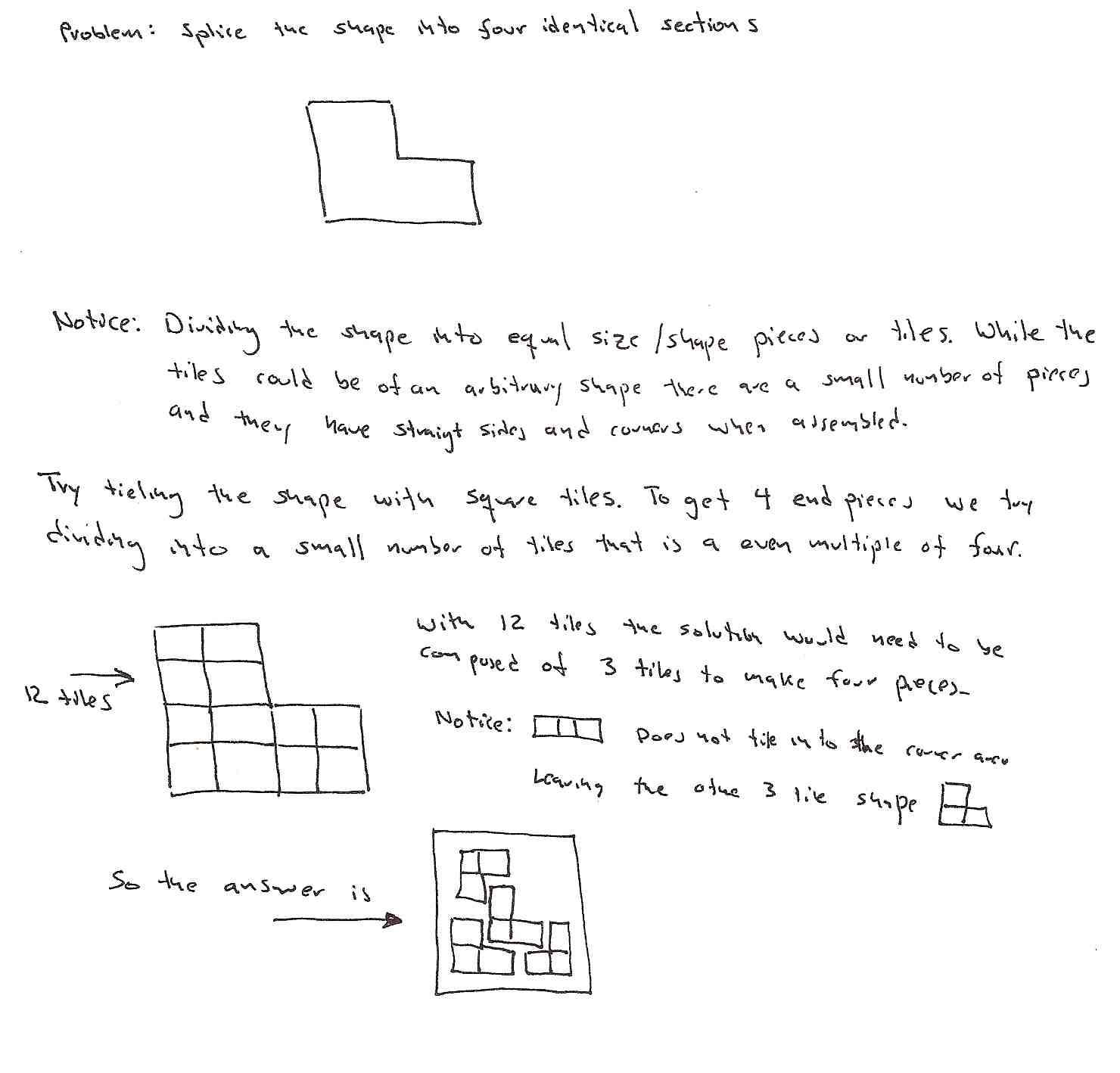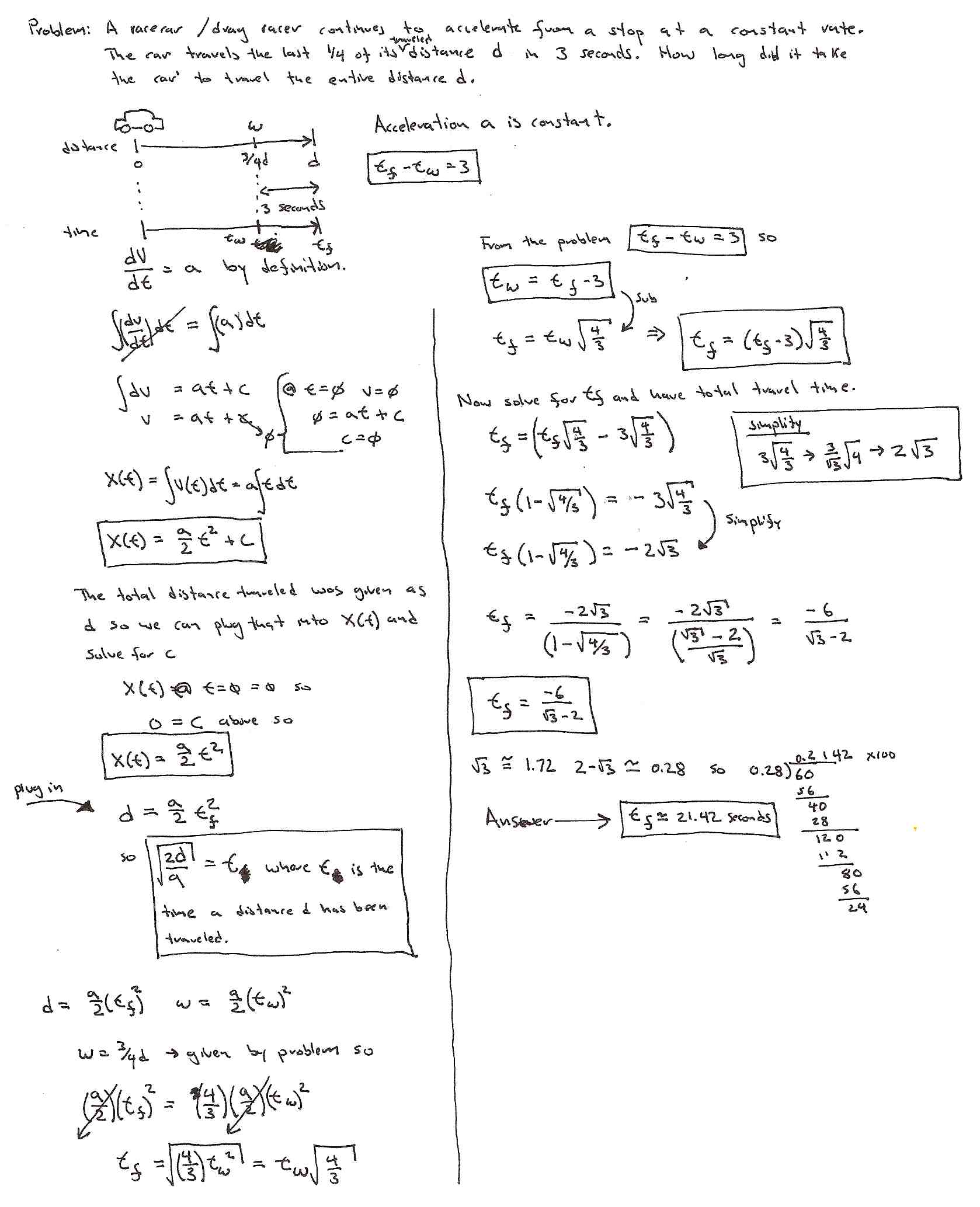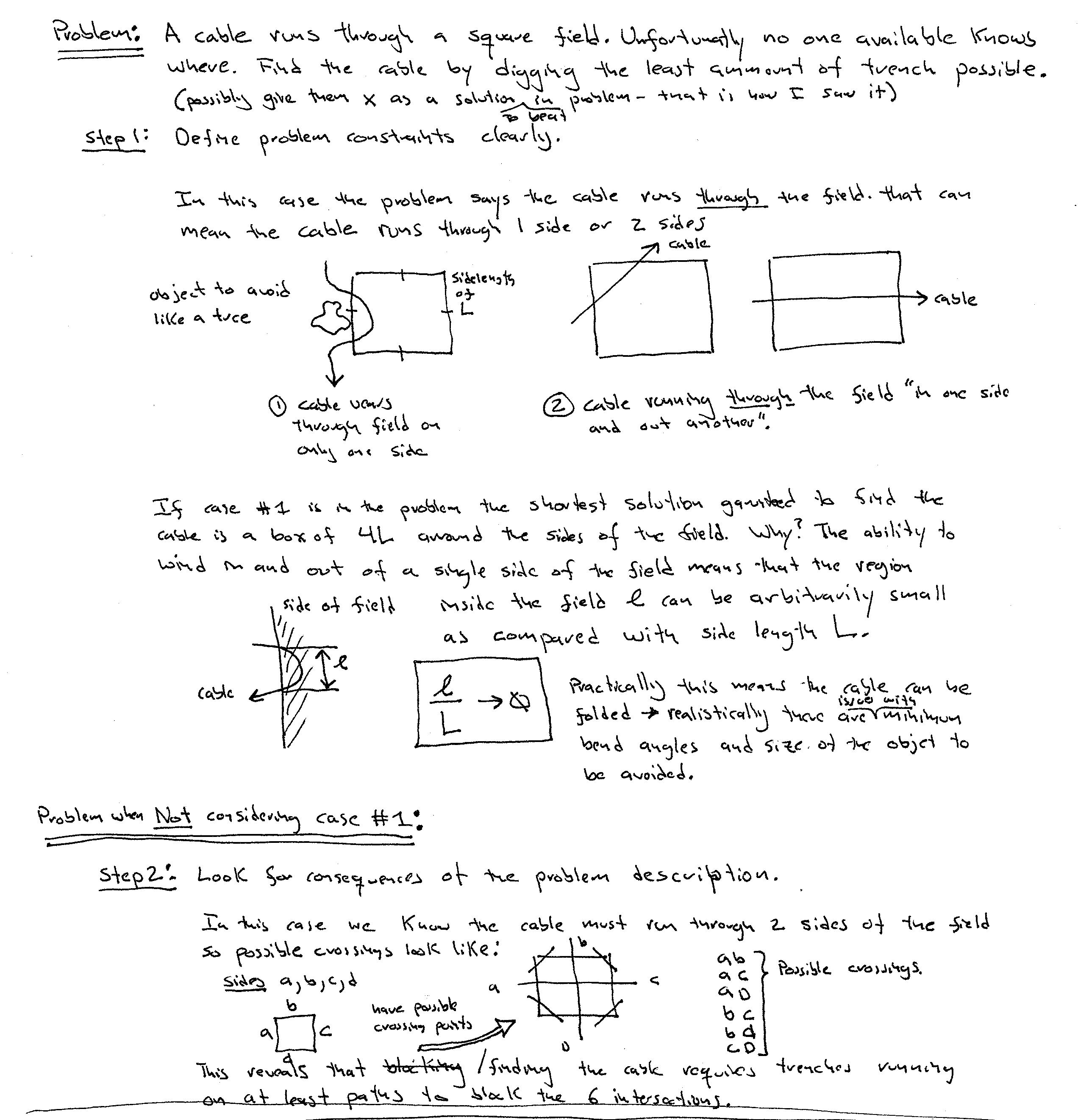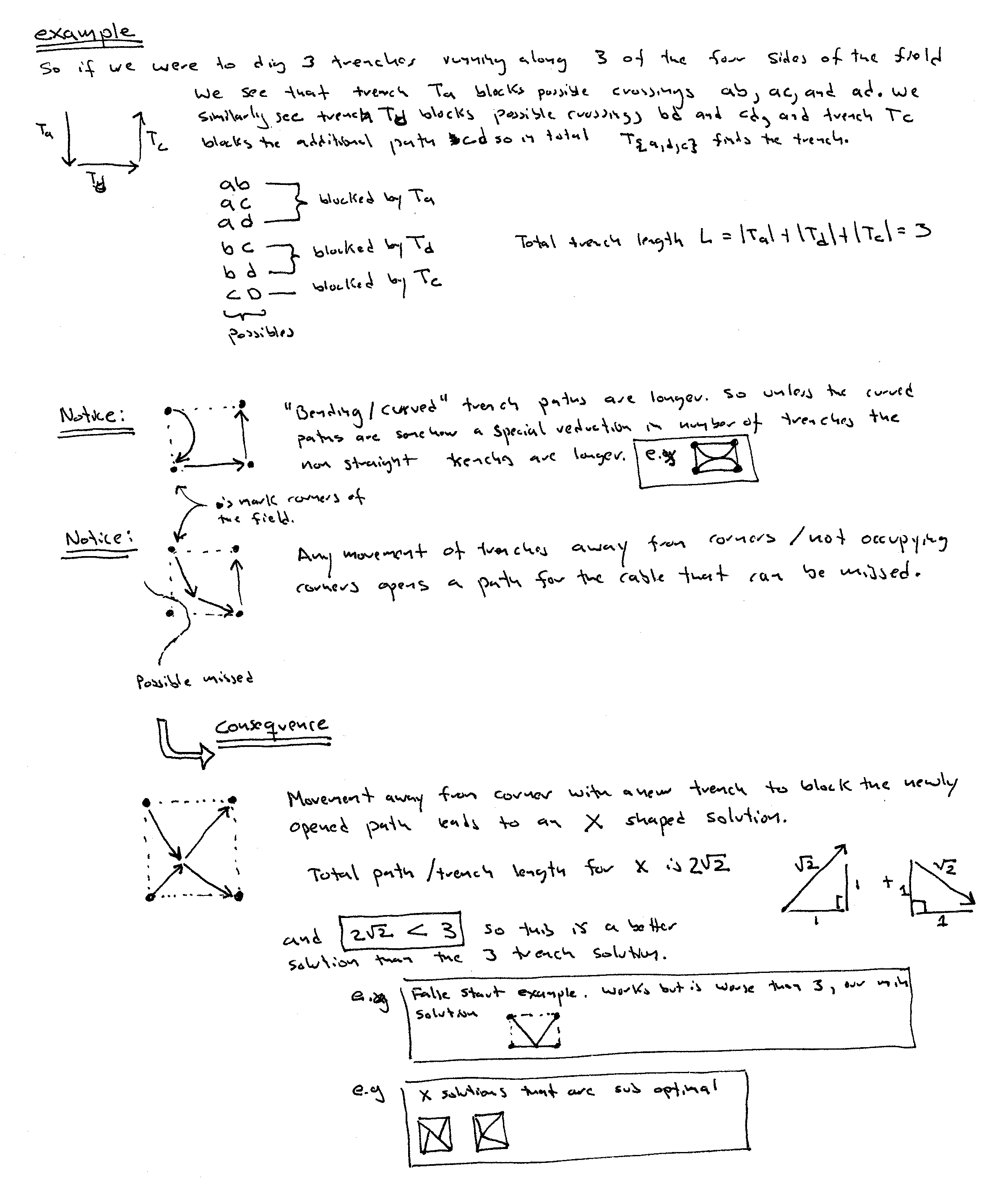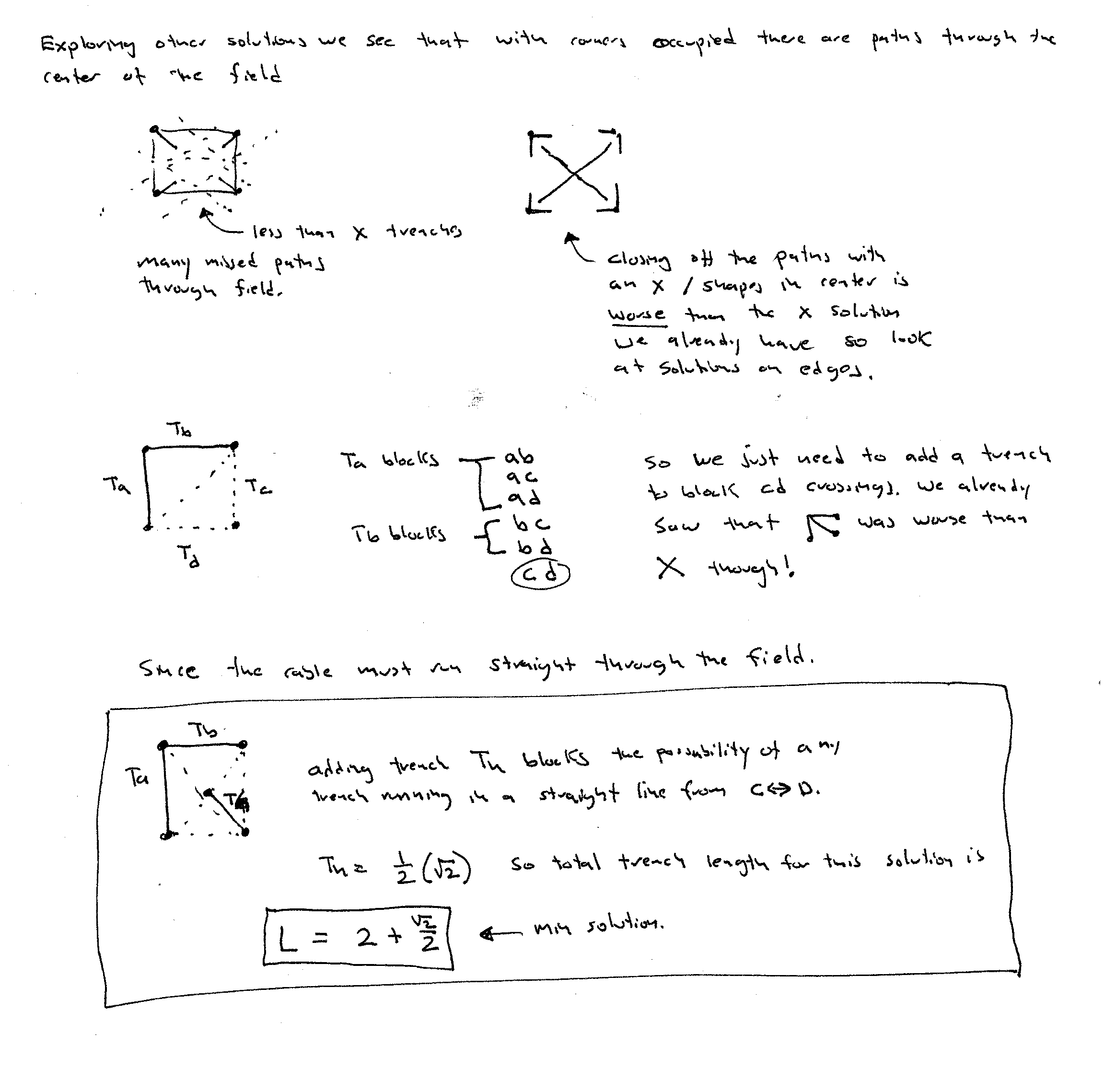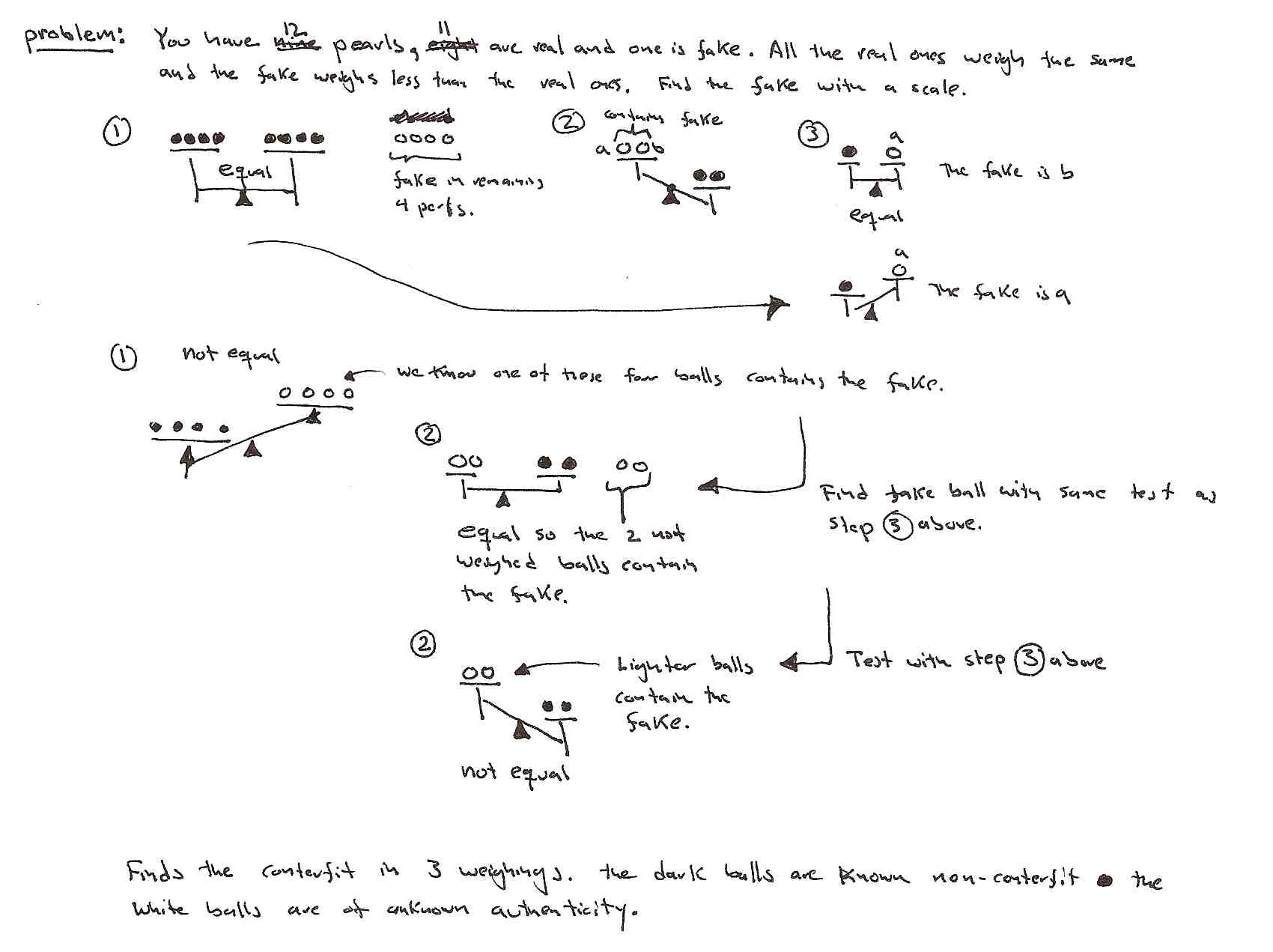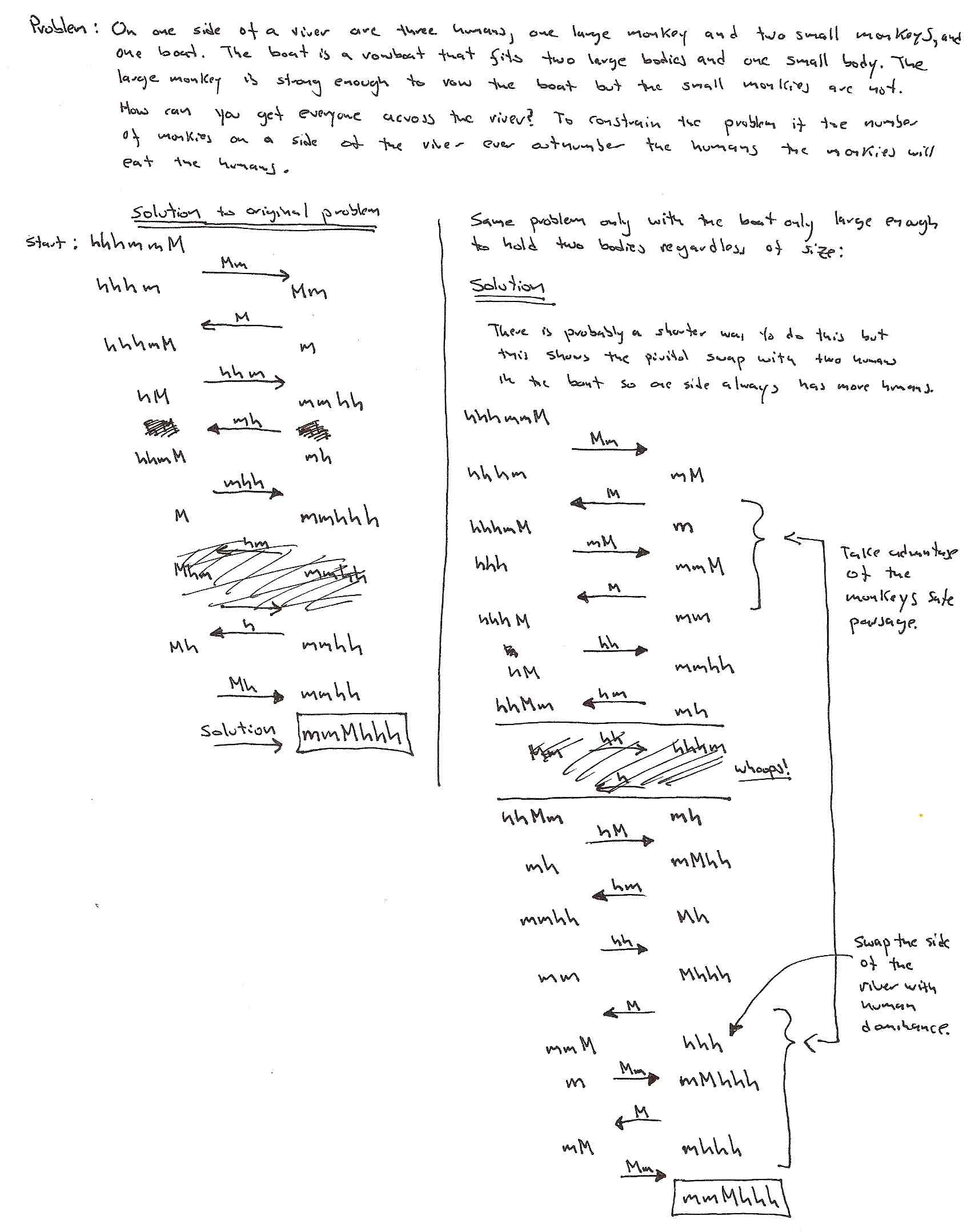So some nut jobs out there on the web have published a puzzle they claim Einstein authored. They also claim only 2% of people who try the problem will solve it.
Since it is a fairly straightforward problem to solve if you have any training I very much doubt both claims. I know for a fact that anyone who has passed a college level freshman chemistry course or digital circuit design course would have the tools to solve this type of problem.
They are an enjoyable type of problem though. I will be posting my write-up with solution to the problem in the next day or so. I have been thinking of how to make this type of problem for a book and that got me to thinking about making one that is harder and easier.
The idea: Noah’s Ark.
Problem One: Noah has to get the last N animal pairs packed into the remaining N cages on the ark so he can close up before the flood hits. He knows things about the animals such as
Types A can not be next to type B or they will eat eachother
Problem is fairly simple to make it harder add
Constraints where there are M cages and N animals pairs with M<N so Noah has to pack some animals together.
Problem is fairly simple to make it harder add
Size information on animal size so a small and a medium animal can be in the same cage, or three small animals can fit in one cage. This combined with predator problems can be set to make the problems more complex to tackle, but still solvable with the same tools.
Problem to make it harder add
Size information known about some of the types, and position of some of the
Cages e.g. large tall cage is next to two short cages.
Adds another dimension of constraint variables making the problem potentially much harder. Also makes the graphing tools used to solve it a little less intuitive.
Figure I can give 3-4 variations on the Ark problem to teach different approaches to solving deduction problems.
